Machinability Rating Charts
What is Machinability?
Machinability refers to the ease with which a material can be cut, formed or processed through subtractive methods. It affects tool life, surface finish quality and production speed. Materials with high machinability require lower cutting forces and typically show a longer tool life.
Factors Influencing Machinability
The machinability of a material is influenced by several factors, including:
- Material properties: hardness, toughness and thermal conductivity.
- Tools: materials and geometry of the cutting tool.
- Processing conditions: cutting speed, feed rate and cooling methods.
- Surface finish requirements: specified degree of smoothness.
Machinability Rating Tables
A machinability rating table is commonly used to assess the ease with which a material can be processed. In these assessments, specific factors such as hardness, toughness and the material’s response to cutting forces, temperature and wear are measured. The ratings are typically determined in comparison with a reference material – often Automatenstahl (12L14) – which is assigned a rating of 100. Materials with a higher rating can be machined with lower cutting forces, whereas those with a lower rating often present more challenges.
Below is a typical table for machinability ratings:
|
Material |
Machinability Rating |
Comments |
|
Automatenstahl (12L14) |
100 |
Serves as the baseline for machinability ratings in standardised tests. |
|
Kohlenstoffstahl (1018) |
80 |
Machined with moderate force in industrial applications. |
|
90 |
A soft material that generally requires lower cutting forces during machining. |
|
|
35 |
Low machinability due to inherent toughness and strain-hardening effects. |
|
|
20 |
Low machinability with a propensity for heat development and increased tool wear. |
|
|
Gusseisen |
70 |
Machinable with caution as graphite content can lead to increased tool wear. |
|
10 |
Requires specialised tools due to extremely low machinability. |
|
|
Nickel (Inconel 625) |
18 |
The material is hard and maintains strength at high temperatures; specialised machining techniques are required. |
|
Copper |
85 |
Relatively easy to machine; however, its softness can result in increased tool wear. |
|
Brass (C36000) |
120 |
Utilised for precision components due to its high machinability rating. |
|
Magnesium |
95 |
A lightweight material that can be processed with reduced machining forces. |
|
45 |
Machining requires extra caution due to the brittleness of the material. |
|
|
Lead-Containing Steel (11L17) |
110 |
Used in applications where ease of processing is critical. |
|
Hastelloy C-276 |
15 |
Machining necessitates special tools and techniques owing to its material characteristics. |
This table provides standardised ratings. Actual machinability may vary according to the machining process (e.g. turning, milling, drilling), tool type and specific material properties.
Frequently Asked Questions
What does a higher machinability rating imply?
A higher machinability rating indicates that the material can be processed with lower cutting forces, which reduces machining time and tool wear, thereby extending the operating life of the tools.
How are machinability values determined?
They are determined by measuring tool wear, surface finish and machining speed under standardised testing conditions.
Why is aluminium frequently preferred for machining?
Aluminium exhibits high machinability, low density and good thermal conductivity, which is advantageous in various manufacturing processes.
Can machinability affect production costs?
Yes, materials with higher machinability reduce machining time and tool wear, which in turn lowers overall production costs.
Are machinability values consistent across all machining processes?
No, different processes such as turning, milling and drilling impact the machinability of a material in distinct ways.

 Bars
Bars
 Beads & Spheres
Beads & Spheres
 Bolts & Nuts
Bolts & Nuts
 Crucibles
Crucibles
 Discs
Discs
 Fibers & Fabrics
Fibers & Fabrics
 Films
Films
 Flake
Flake
 Foams
Foams
 Foil
Foil
 Granules
Granules
 Honeycombs
Honeycombs
 Ink
Ink
 Laminate
Laminate
 Lumps
Lumps
 Meshes
Meshes
 Metallised Film
Metallised Film
 Plate
Plate
 Powders
Powders
 Rod
Rod
 Sheets
Sheets
 Single Crystals
Single Crystals
 Sputtering Target
Sputtering Target
 Tubes
Tubes
 Washer
Washer
 Wires
Wires
 Converters & Calculators
Converters & Calculators
 Write for Us
Write for Us
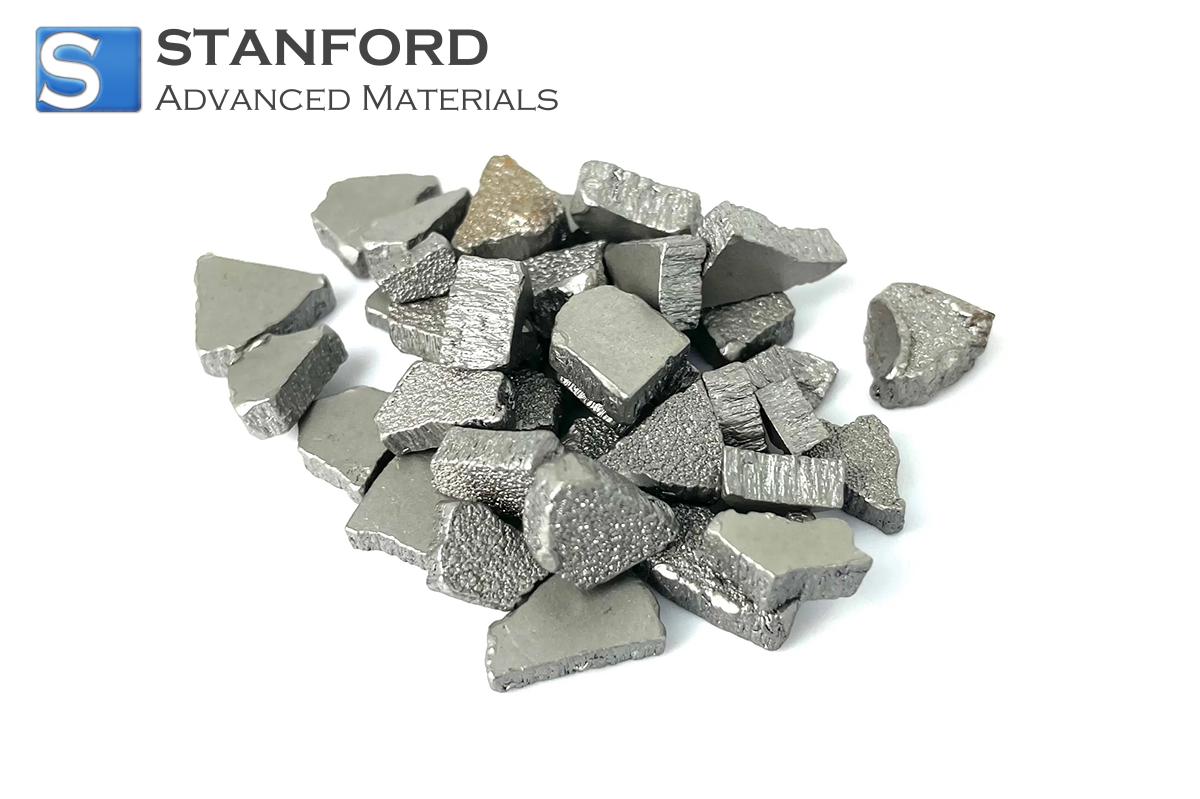
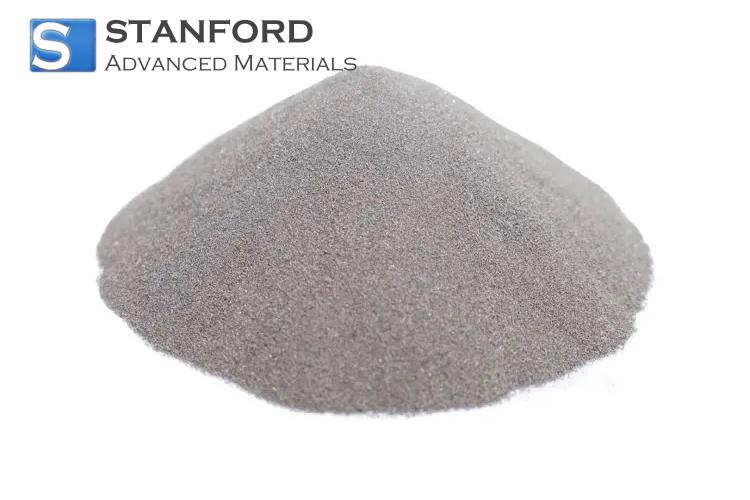
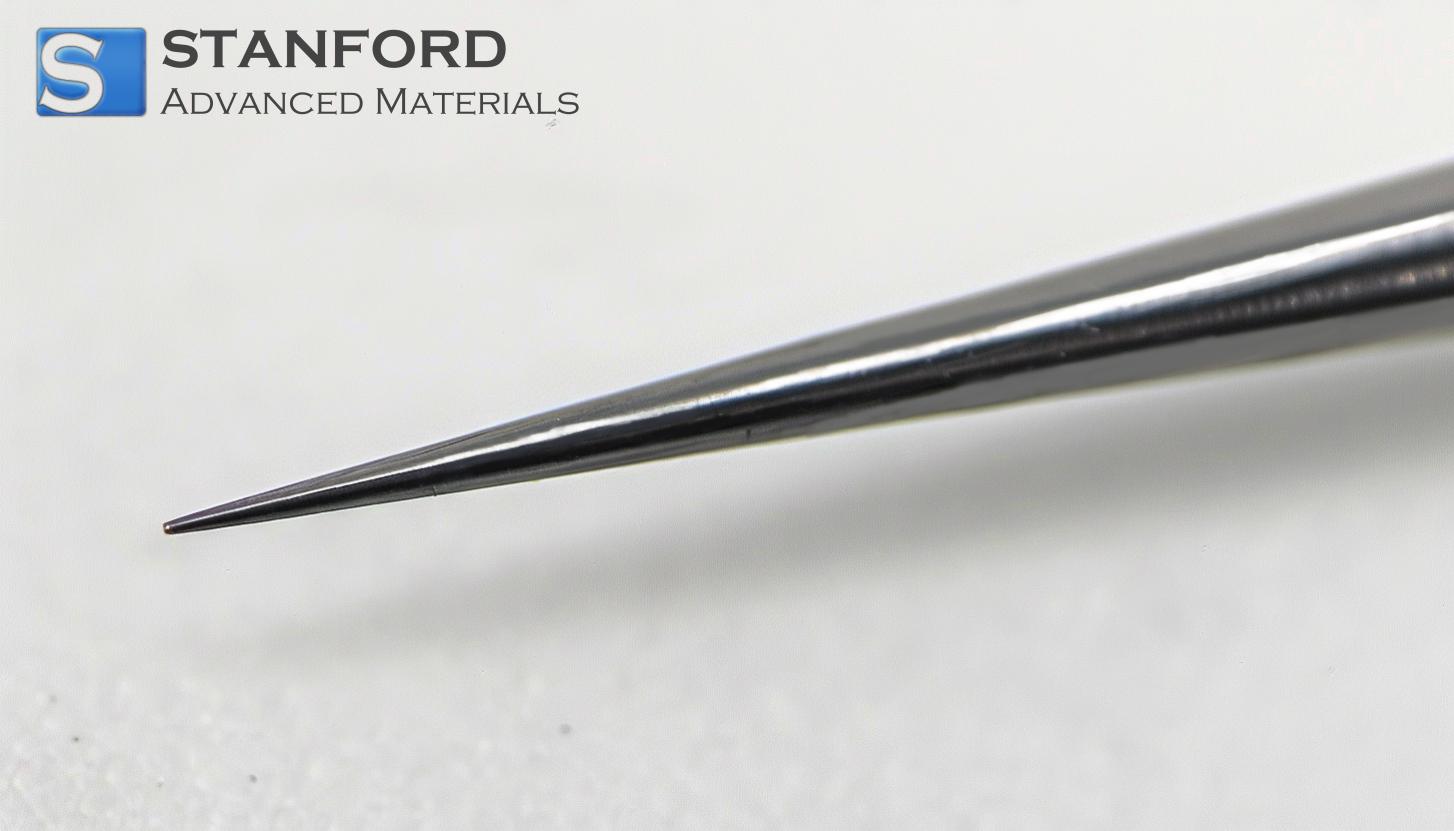
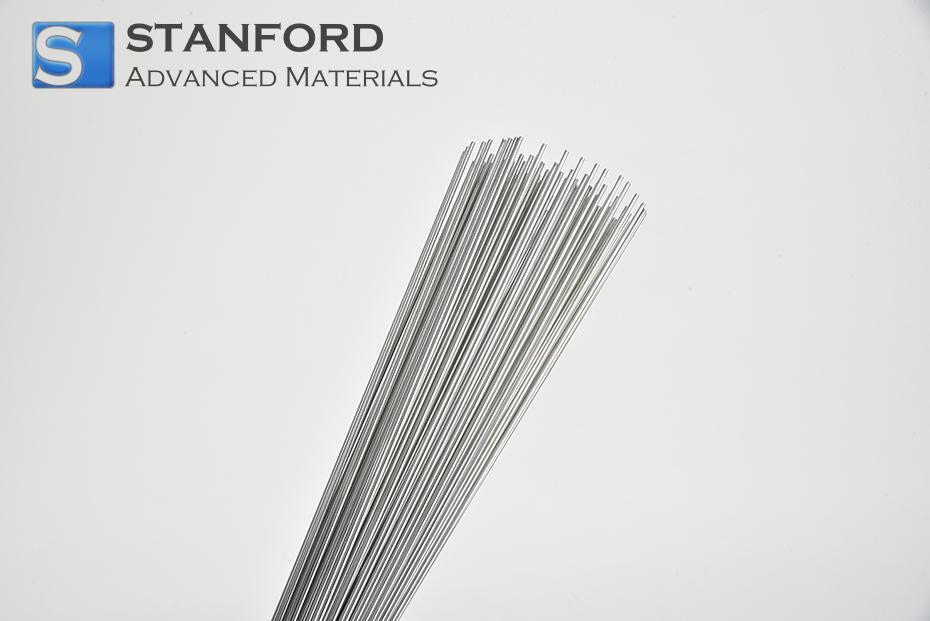
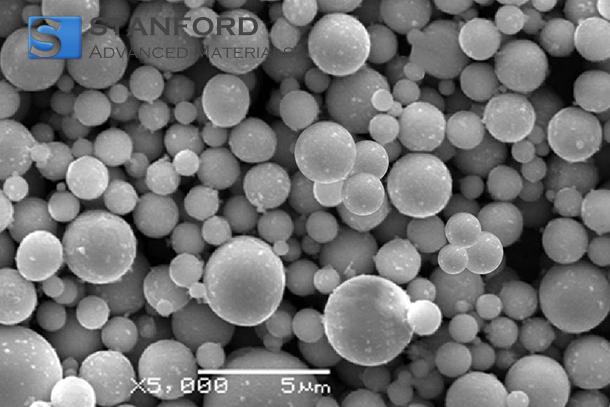
 Chin Trento
Chin Trento



